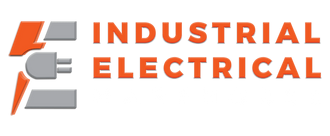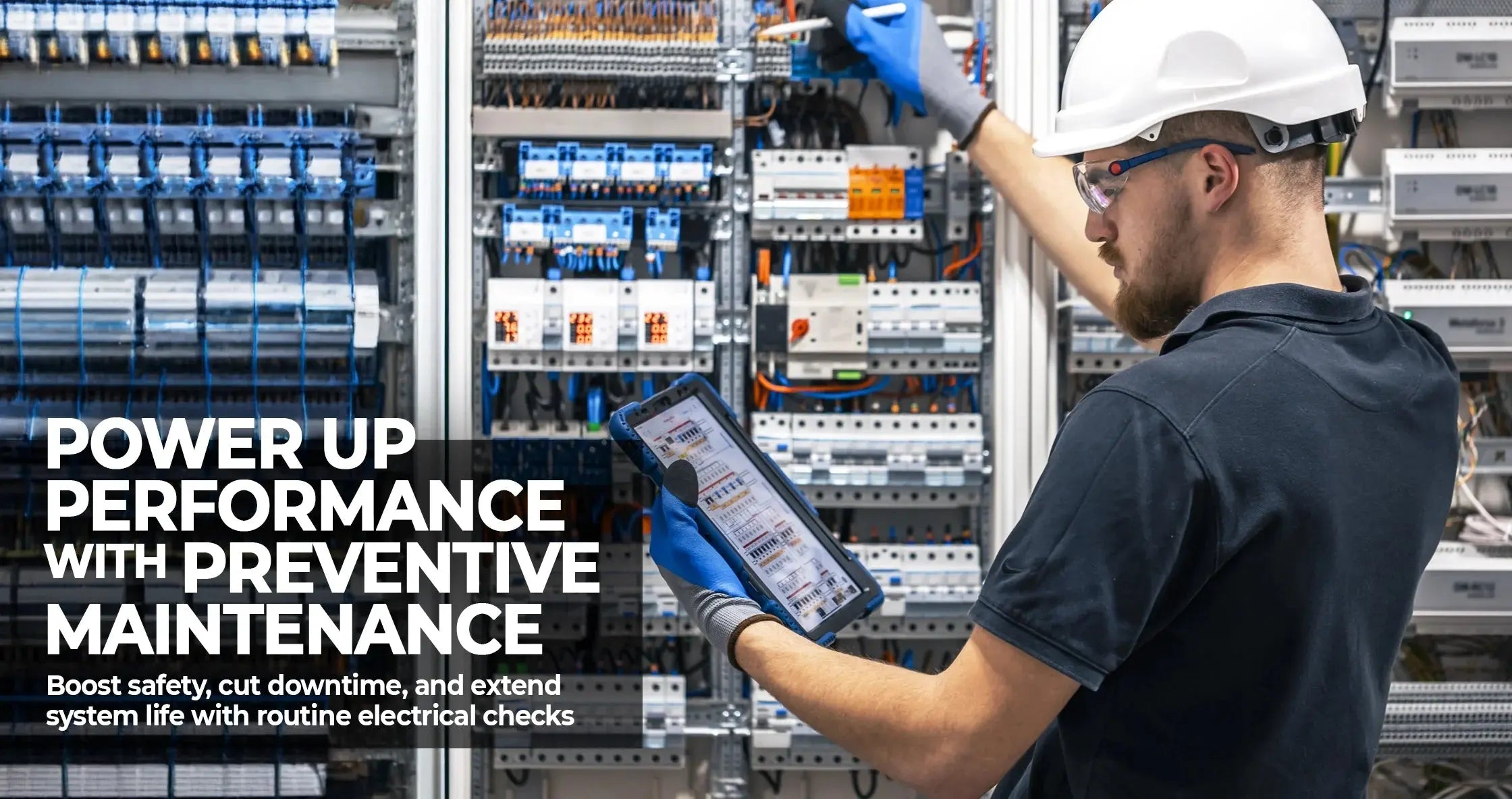Implementing a preventive electrical maintenance program is crucial for ensuring the longevity, efficiency, and safety of industrial electrical systems. By focusing on **preventive electrical maintenance**, businesses can avoid costly repairs and downtime while improving system performance.
Understanding Preventive Electrical Maintenance
Preventive electrical maintenance involves regular inspections, testing, and servicing of electrical systems to prevent failures and ensure optimal performance. This proactive approach helps in identifying potential issues before they escalate into major problems.
Why Is Preventive Maintenance Important?
Maintaining electrical systems through preventive measures reduces the risk of unexpected breakdowns, which can lead to costly repairs and production halts. It also ensures compliance with safety regulations and extends the lifespan of equipment.
Key Benefits of Preventive Electrical Maintenance
Businesses that adopt preventive electrical maintenance strategies often experience:
- Reduced downtime and operational disruptions.
- Lower repair costs due to early detection of issues.
- Improved safety conditions for employees.
- Increased efficiency of electrical systems.
Steps to Create an Effective Preventive Electrical Maintenance Plan
Developing a structured plan is essential for implementing successful preventive electrical maintenance. Below are key steps to consider when creating your plan.
1. Assess Your Electrical System Needs
To start, evaluate the current state of your electrical infrastructure. Identify critical components, such as transformers, circuit breakers, and wiring, that require attention. This step allows you to prioritize tasks based on their importance.
2. Establish a Maintenance Schedule
Create a detailed schedule outlining when each component should be inspected or serviced. A well-organized calendar ensures no task is overlooked and keeps maintenance consistent over time.
Common Preventive Maintenance Tasks
Regularly performing specific maintenance activities contributes significantly to the health of your electrical systems. Here are some common tasks:
Routine Inspections and Testing
Inspect panels, wiring, and connections for signs of wear or damage. Test instruments and devices to confirm proper functionality. These checks help in catching minor issues before they worsen.
Cleaning and Servicing Equipment
Dust, dirt, and debris can hinder the performance of electrical equipment. Regular cleaning and lubrication of moving parts prevent unnecessary friction and overheating.
Utilizing Predictive Maintenance Techniques
Incorporating predictive maintenance alongside preventive practices enhances overall system reliability. Predictive tools analyze real-time data to forecast potential failures, allowing timely interventions.
Condition Monitoring
Use sensors and software to continuously monitor the condition of electrical assets. This method provides insights into performance trends and alerts operators of anomalies.
Data Analysis for Proactive Decisions
Analyze collected data to identify patterns or deviations that may indicate impending issues. Leveraging this information enables smarter decision-making regarding maintenance schedules.
Measuring the ROI of Preventive Electrical Maintenance
Evaluating the return on investment (ROI) of your preventive electrical maintenance efforts helps justify the expenses involved. Follow these steps to measure success:
Track Repair Costs
Compare the cost of repairs before and after implementing the program. Significant reductions indicate effective maintenance practices.
Calculate Savings from Reduced Downtime
Estimate how much money was saved by avoiding prolonged periods of non-operation. Include labor savings and increased productivity in your calculations.
Conclusion: Embrace Preventive Electrical Maintenance
A robust preventive electrical maintenance program safeguards your industrial operations by minimizing risks and optimizing performance. At our company, we offer a wide array of electrical products designed to support your maintenance needs. From advanced diagnostic tools to high-quality replacement parts, we have everything required to keep your systems running smoothly.
Invest in preventive maintenance today to secure tomorrow's success. Explore our product catalog and find solutions tailored specifically for your industry.
Frequently Asked Questions (FAQ)
Here are answers to some commonly asked questions about preventive electrical maintenance:
What Are the Main Differences Between Preventive and Predictive Maintenance?
Preventive maintenance follows a fixed schedule regardless of the actual condition of equipment, whereas predictive maintenance uses data analytics to determine when maintenance is necessary.
How Often Should I Perform Preventive Maintenance?
The frequency depends on the type of equipment and manufacturer recommendations. As a general guideline, most systems benefit from annual inspections with more frequent checks for critical components.
Can Software Help Manage Preventive Maintenance Programs?
Absolutely! Modern CMMS (Computerized Maintenance Management System) software streamlines planning, tracking, and documentation processes, making it easier to manage complex maintenance programs efficiently.


